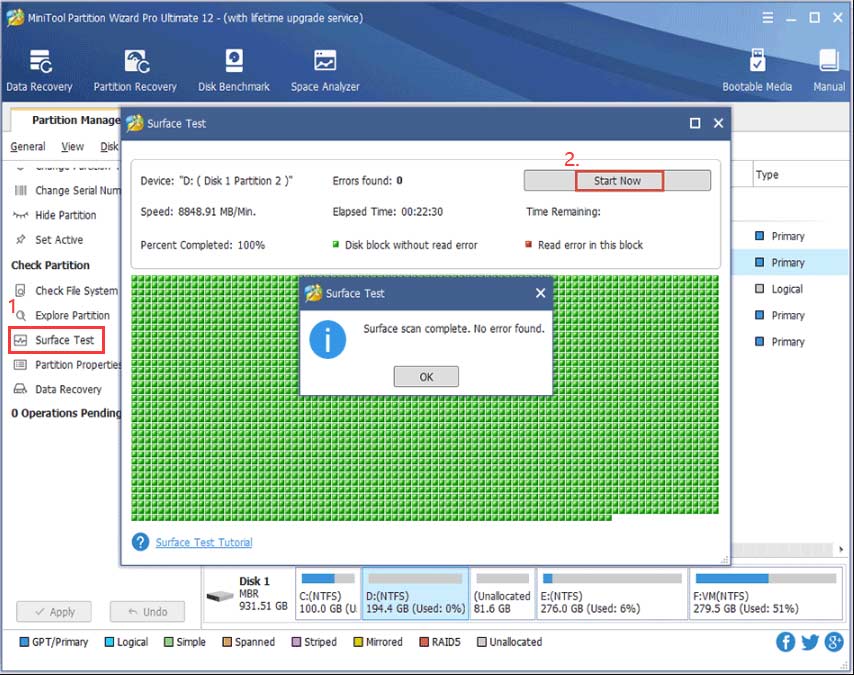
- PLUGY CHECKING LIBRARY MEMORY CHECK FAILED SERIAL
- PLUGY CHECKING LIBRARY MEMORY CHECK FAILED UPGRADE
- PLUGY CHECKING LIBRARY MEMORY CHECK FAILED SOFTWARE
- PLUGY CHECKING LIBRARY MEMORY CHECK FAILED PC
- PLUGY CHECKING LIBRARY MEMORY CHECK FAILED DOWNLOAD
PLUGY CHECKING LIBRARY MEMORY CHECK FAILED DOWNLOAD
The RS-232/RS-422 communications capabilities can network multiple F10s, enabling a single source to upload or download configurations to any sensor. (Schaumburg, IL) also features RS-232/RS-422 communications that let a remote PC, PLC, or supervisory control and data-acquisition (SCADA) system control the vision sensor.

The F10 gray-scale, pattern-matching machine-vision sensor from Omron Electronics Inc. Cognex In-Sight 3000 and In-Sight 1000 systems can be networked into a distributed machine-vision system or integrated with PC-based control and operator interfaces via Ethernet and with programmable logic controllers via DeviceNet.
PLUGY CHECKING LIBRARY MEMORY CHECK FAILED PC
Viewing full-resolution 512 x 384-pixel binary or 256 gray-scale images allows developers to set lighting and sensor positioning via the PC monitor (see Fig. Offering the same features as PresencePlus, the Plus2 can be used with a PC to store setup inspection configurations and images. The PC or hand-held controller is required only for setup and diagnostics, but not for sensor operation or output.
PLUGY CHECKING LIBRARY MEMORY CHECK FAILED SERIAL
In its latest design, the Presence Plus2 sensor can be connected to a standard serial port on a PC running Windows 95, 98, or NT. System setup programming is also accomplished using a hand-held controller with a built-in liquid-crystal-display screen, which offers programming options, monitoring options, captured images, and diagnostics during sensor operation.

In operation, the system captures 512 x 384 x 8-bit gray-scale images, converts them to black-and-white pixels, and renders pass/fail inspection judgements. The Banner Engineering (Minneapolis, MN) PresencePlus inspection system targets machine-vision developers. 1).Īnother company also has implemented vision-based networking. Additionally, these systems can be integrated with PC-based control and operator interfaces via Ethernet and with programmable logic controllers (PLCs) via DeviceNet (see Fig. With a library of vision tools, the In-Sight 3000 helps developers configure applications using a vision spreadsheet interface. The Ethernet capabilities of the In-Sight 3000 and In-Sight 1000 devices allow networking to form a distributed machine-vision system.
PLUGY CHECKING LIBRARY MEMORY CHECK FAILED SOFTWARE
Instead, all the software tools, including Cognex's PatFind and spreadsheet-driven software, are computed using the PowerPC.

To reduce costs, however, no digital-signal processor performs image-processing functions. As a stand-alone device, the In-Sight-1000 is similar to the In-Sight 20 vision engines in using an embedded PowerPC.
PLUGY CHECKING LIBRARY MEMORY CHECK FAILED UPGRADE
In response, Cognex introduced two units-an upgrade of In-Sight, the In-Sight 3000, which adds Ethernet network capabilities to the functions of the In-Sight 2000, and the In-Sight 1000 intelligent camera. Many wanted a means to network machine-vision systems within an integrated factory environment. But systems integrators demanded more than easier programming tools. (Natick, MA), with the introduction of its In-Sight vision sensor and Nintendo-like interface, provided systems developers with such a proprietary system.

In the past, many machine-vision systems developed as stand-alone platforms featured proprietary cameras, image-processing hardware, software, and input/output (I/O) devices. Despite this obstacle, integrated vision functions such as pattern matching, recognition, and pass/fail analysis allow such systems to be ready in weeks rather than months. In preparing such systems, machine-vision designers become tied to a specific, often closed, platform, in which camera, image processor, user interface, and image-processing software are all proprietary. Rather than integrate traditional cameras, frame grabbers, and software, these companies are introducing point products-machine-vision systems that can be programmed and deployed rapidly. However, a number of companies emerging from the machine automation industry see the vision industry as a market opportunity for their product mix. Interestingly, numerous OEM component vendors have yet to address this trend. Although some applications, such as web inspection and digital radiology, require custom-tailored systems using off-the-shelf cameras, digitizers, and displays, others call for machine-vision systems to perform less-demanding tasks, such as barcode recognition. Thanks to the advent of open computing standards such as the PCI bus and emerging digital camera interfaces such as Camera Link, developers of machine-vision systems can tailor their platforms to meet the needs of several markets. Market-aggressive companies are introducing machine-vision systems that can be easily and rapidly programmed to handle less-demanding tasks.


 0 kommentar(er)
0 kommentar(er)
